SUMMARY
This is AI generated summarization, which may have errors. For context, always refer to the full article.
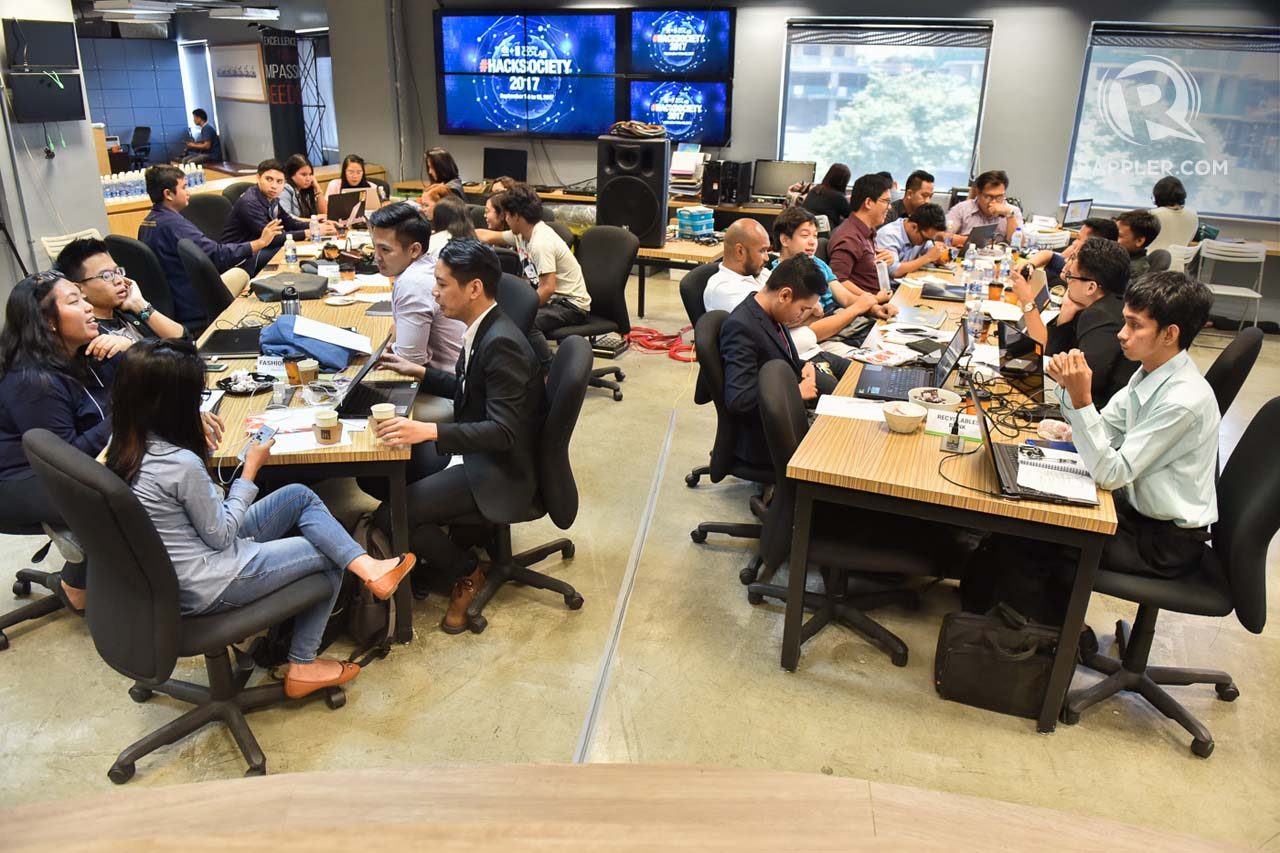
MANILA, Philippines – The youth is at the forefront of the next big idea that could help solve some of today’s pressing real-world problems.
This year, Rappler, in partnership with the United Nations Development Programme (UNDP) is holding #HackSociety, a two-day hackathon on September 14 and 15 that aims to crowdsource “hacks” or innovative solutions. (READ: #HackSociety 2017: Innovate with purpose, leave no one behind)
Twenty finalists are set to present their ideas to address problems in 4 key areas: media and democracy; environment and climate change; peace, governance, and local development; and public health and well-being.
This year’s event aims to recognize solutions that would have a deep and lasting impact on communities to help ensure that no one is left behind.
UNDP Philippines communications associate Jaclyn Gray recognized the immense contribution of the youth to development. Rappler’s research and content strategy head Gemma Bagayaua-Mendoza said HackSociety aims to hack away at the sustainable development goals one solution at a time.
Here are the highlights from Day 1 of the event.
What’s your mission?
With so many problems that need attention, how will the 20 finalists use their skills and knowledge to propose sustainable, implementable solutions?
The first part of the program involved a Venn diagram exercise with the teams, for them to identify what they are passionate about, what the world needs, and how their proposed hack can bridge these two together.
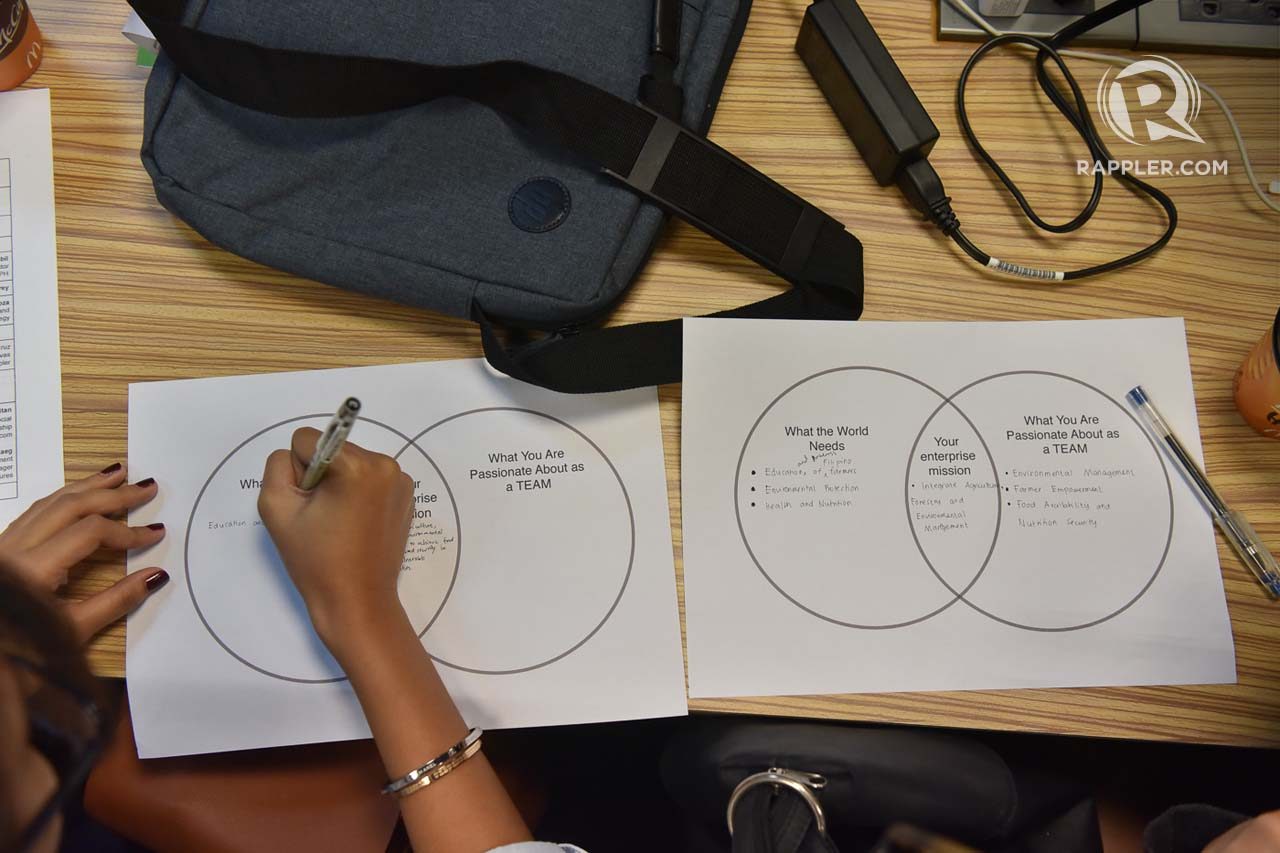
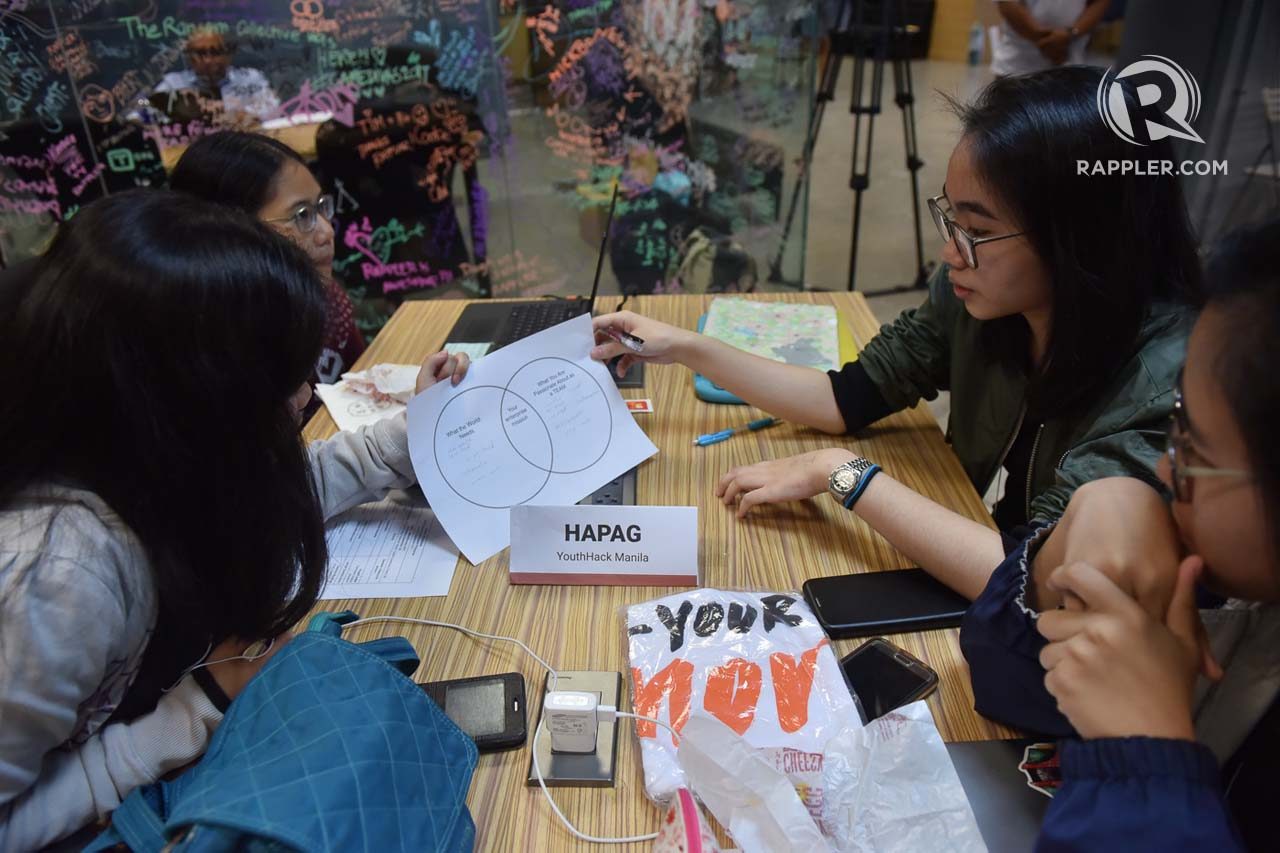
Team LawKo, for instance, is passionate about using social media to disseminate important information to the public. Combining this with the need for awareness of the law, the team wants to create a platform that will allow the public to understand legal processes better.
Team IdeaGo Philippines, meanwhile, envisions their Fashion Swapp mobile app to help solve the problem of climate change by slowing down the fashion cycle through sustainable consumption.
Meanwhile, the need to address depression and mental health problems in the Philippines prompted The Circuit Studio to work on their project, Pag-ibig Heartline.
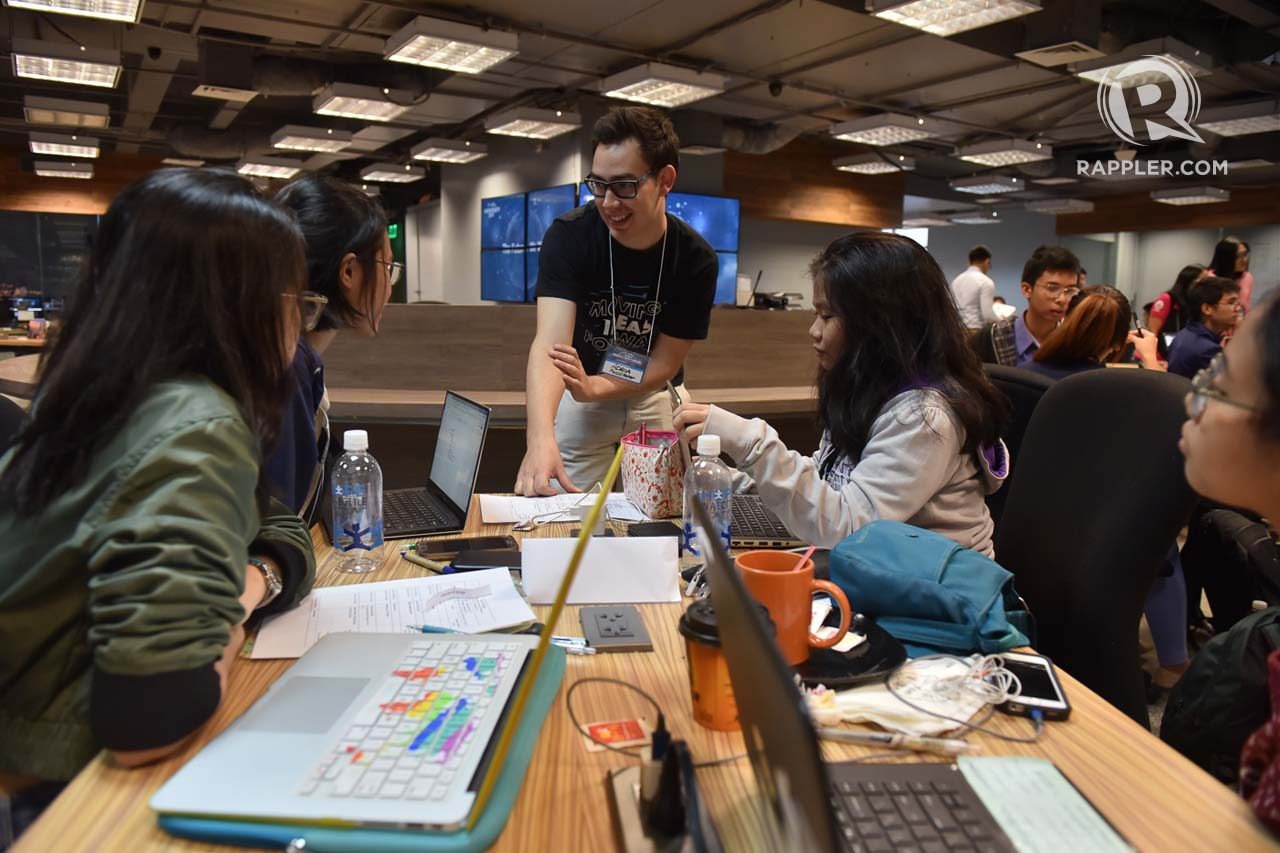
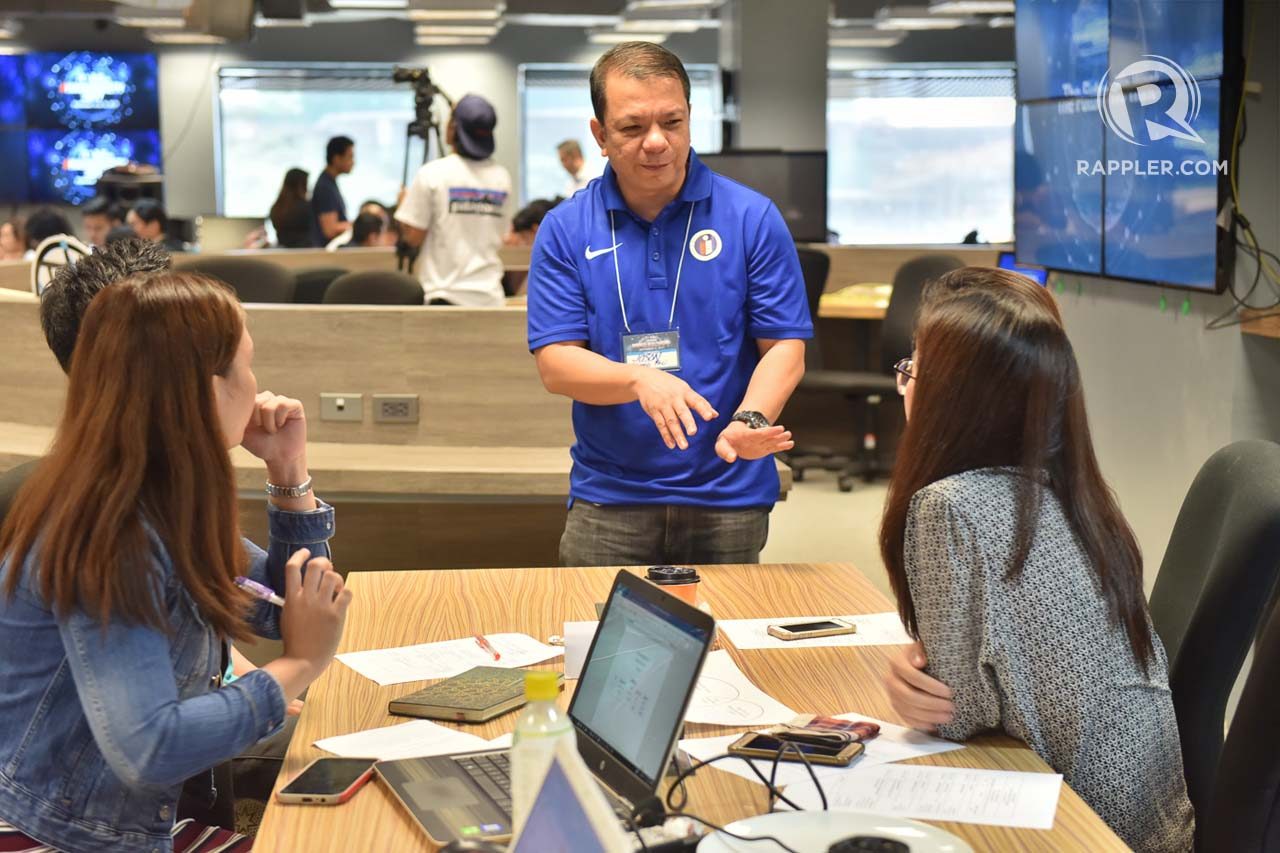
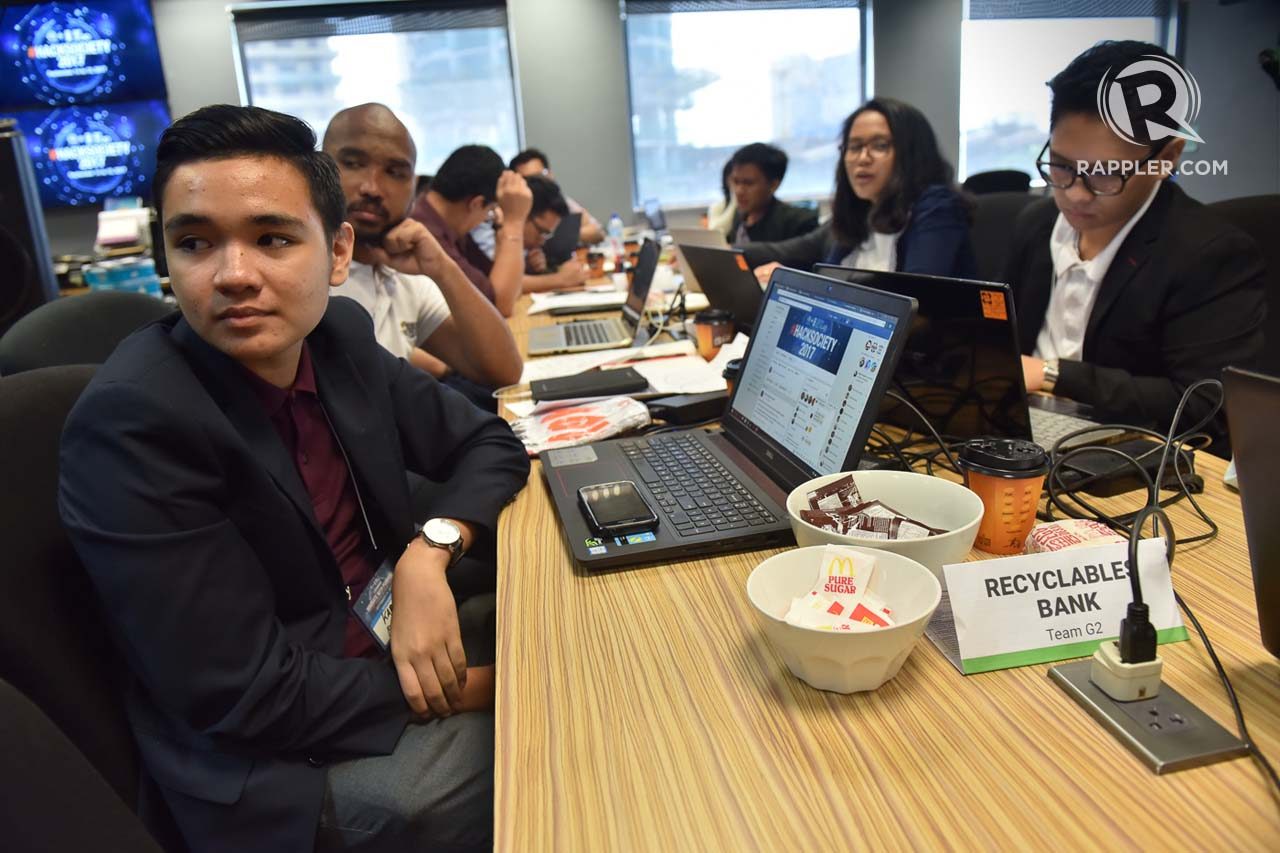
Using technology effectively
How do you use technology for social good?
While the Internet opens up a whole world of opportunities to implement projects benefiting marginalized sectors of society, the reality is that many Filipinos still don’t have access to the Internet.
About 60 million or 58% of the total population have access to the Internet – slightly higher than the global internet penetration average of 50%.
Glen Macadaeg, business development manager of Globe Digital Ventures, said that if solutions only target those who have Internet access, many Filipinos may end up not being able to access them.
The challenge is making sure those who only have the basic call and text functions of a phone will have access to these services.
The Department of Health, for instance, is using the SMS API of Globe Labs to enable SPEED, or Surveillance in Post Extreme Emergencies and Disasters. During times of disasters, the program will enable barangay health officials to report sicknesses.
Meanwhile, there’s also the challenge to help reduce waste and practice sustainable consumption. How can you close the loop in the product life cycle through human-centered design?
Watch Jen Yu, Design and User Experience at Rappler, talk about it here:
In one workshop, participants thought up various creative uses for old tech peripherals and accessories. Old CDs can be turned into a bike reflector, while USB cables can be used as materials for footwear and keychain holders.
One group even proposed using earphone cords as materials for a purse.

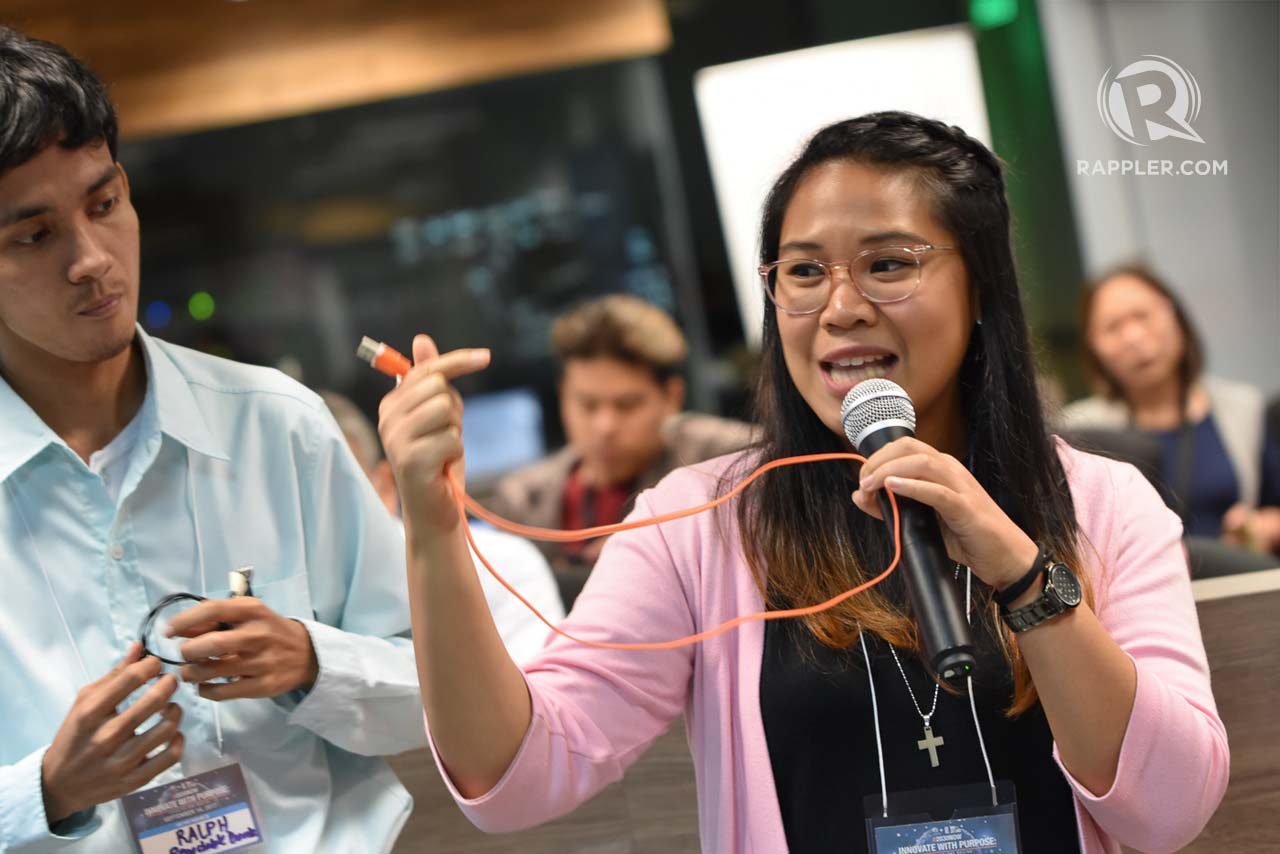
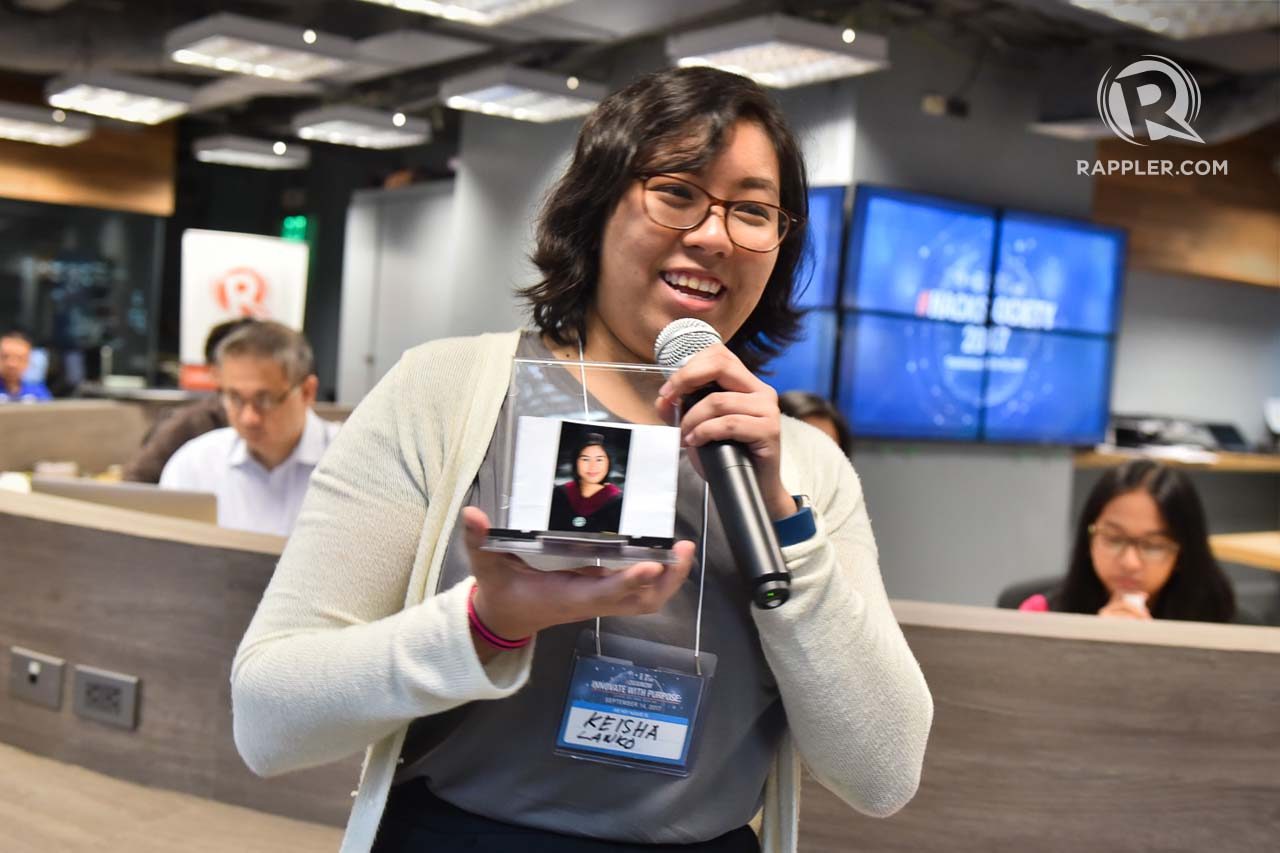
Dare to fail
Many startups begin with the desire to implement innovative ideas that can change the world, but the reality is that many find themselves failing. But that’s not necessarily a bad thing.
Part of the process involves learning from failures and unlearning concepts that don’t work, said Pauline Guanzon, founder of E.A.R.S., a wearable assistive safety device for the deaf and hard of hearing.
But it’s important to remember who will benefit from the projects and ideas.
“There were so many times that we had to begin again, so many time when we think what we knew was correct. We had to unlearn. There were so many times our theories were disproven. Be solid on your why, because the how and who may change,” she said.
Meanwhile, Kevin Lee of A Single Drop for Safe Water advised the participants not to be afraid of failure.
“Everyone goes through failures to become successful. Don’t be afraid to fail, as long as you learn from your failure. Failure is a tool to get better,” he said.
“You are allowed to fail. If you are not allowed to fail, they will never take a risk,” he added. – Rappler.com
Add a comment
How does this make you feel?
There are no comments yet. Add your comment to start the conversation.